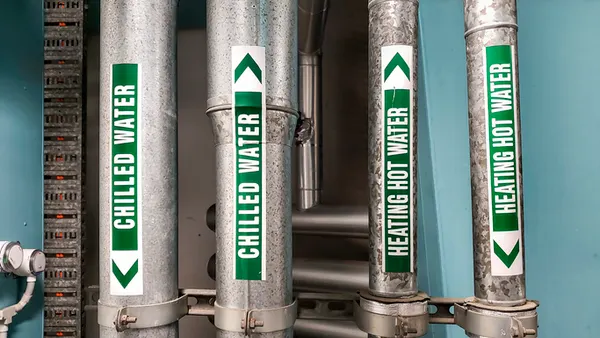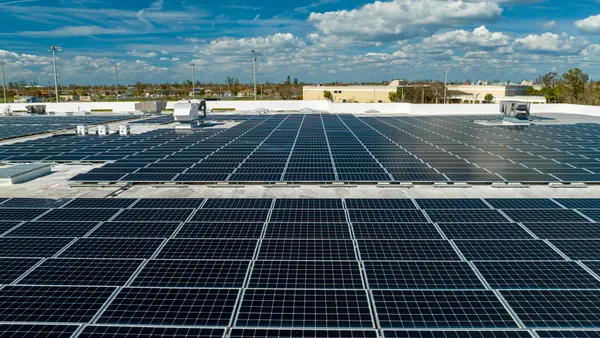Dive Brief:
- Only a few states and power companies are taking steps to ensure low- and moderate-income communities and communities of color benefit from the transition to electric vehicles, according to a new report from the American Council for an Energy-Efficient Economy (ACEEE).
- The study, published Tuesday morning, examined 36 states where utilities have filed transportation electrification plans, and concluded only six have some form of equity mandate or consideration.
- "Without strong policies in place, you could see a big round of ratepayer-funded charging investments going disproportionately to communities that least need the support," said Peter Huether, ACEEE’s senior research analyst for transportation and author of the study.
Dive Insight:
President Joe Biden's $2 trillion infrastructure plan calls for investing $174 billion in the EV market, including point of sale vehicle rebates and the installation of a half million chargers by 2030. As the transition to electric transportation begins in earnest, there is growing recognition that the investments must be made with equity and diversity in mind, say experts.
Biden's plan aims to "redress historic inequities and build the future of transportation infrastructure," according to a White House statement, and includes $20 billion for a new program to reconnect neighborhoods that have experienced historic underinvestment.
"As electric vehicles become more ubiquitous, we need a much more proactive effort to ensure that low-income communities and communities of color have access to charging and directly benefit," Huether said. "State legislators and utility regulators need to set equity requirements, and utilities need to engage communities to create programs that serve everyone."
Estimates of the investment needed to electrify the U.S. transportation sector vary widely. AlixPartners expects $50 billion by 2030 for charging networks. The Brattle Group says between $75 billion and $125 billion will be needed to serve 20 million vehicles in the next decade. Boston Consulting Group has said 40 million EVs by 2030 could take $200 billion to supply.
ACEEE's analysis found that since 2012, regulators in 25 states and the District of Columbia have approved almost $2.4 billion in utility charging investments. Of that amount, $2.1 billion have either some focus or prioritization on underserved communities. But the study notes that is because the majority of charging investments from investor-owned utilities has been made in New York and California — two states that have equity mandates.
ACEEE also found only about half of regulator-approved plans examined in the study listed a community engagement effort for these investments.
"Investments could be potentially wasted," the report found, if charging infrastructure "is sited where it is not needed or for uses that do not provide the most benefit for these communities."
Engagement is "a major tool to assess this need," ACEEE said. Also, in-person and virtual engagements "can provide critical information to supplement market-demand evaluations and projections."
There are recent examples of utility transportation plans including a focus on equity. Colorado regulators in January approved Xcel Energy's $110 million plan, with approximately 15% of the program budget directed toward equity-focused programs.
ACEEE's study recommends that utilities preparing to begin EV programs engage with communities to ensure the investments meet the needs and priorities of residents. And it recommends utilities and electric transportation program administrators initiate community engagement in the planning process, to identify problems; set aside funding for underserved communities; use investments to increase clean mobility options in underserved communities; and support the charging of medium- and heavy-duty vehicles operating in environmental justice areas.
"More utilities could be taking advantage of their pilot and early-stage programs to explore different forms of engagement and to rethink how they can build equity into their programming in a deliberate and systematic way," the report concludes.














